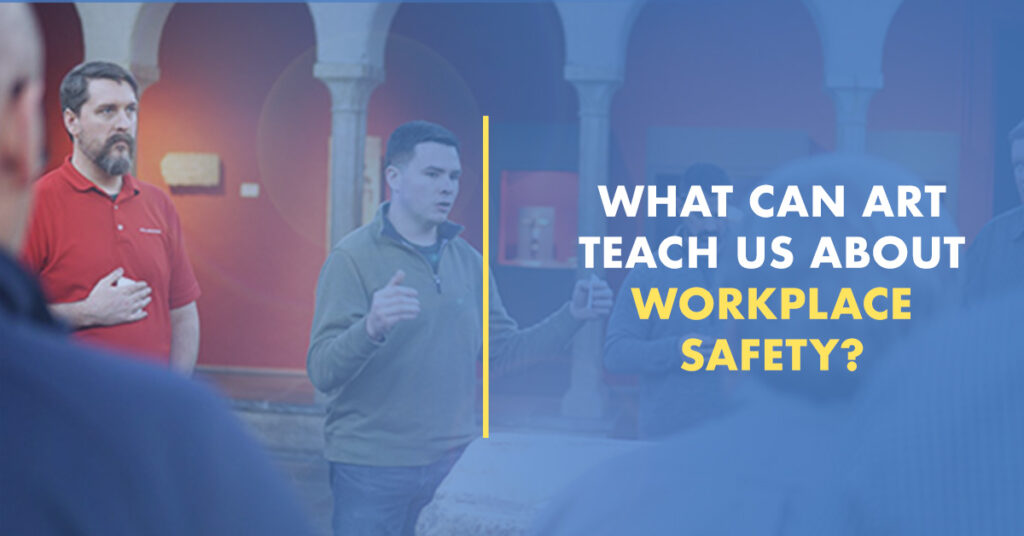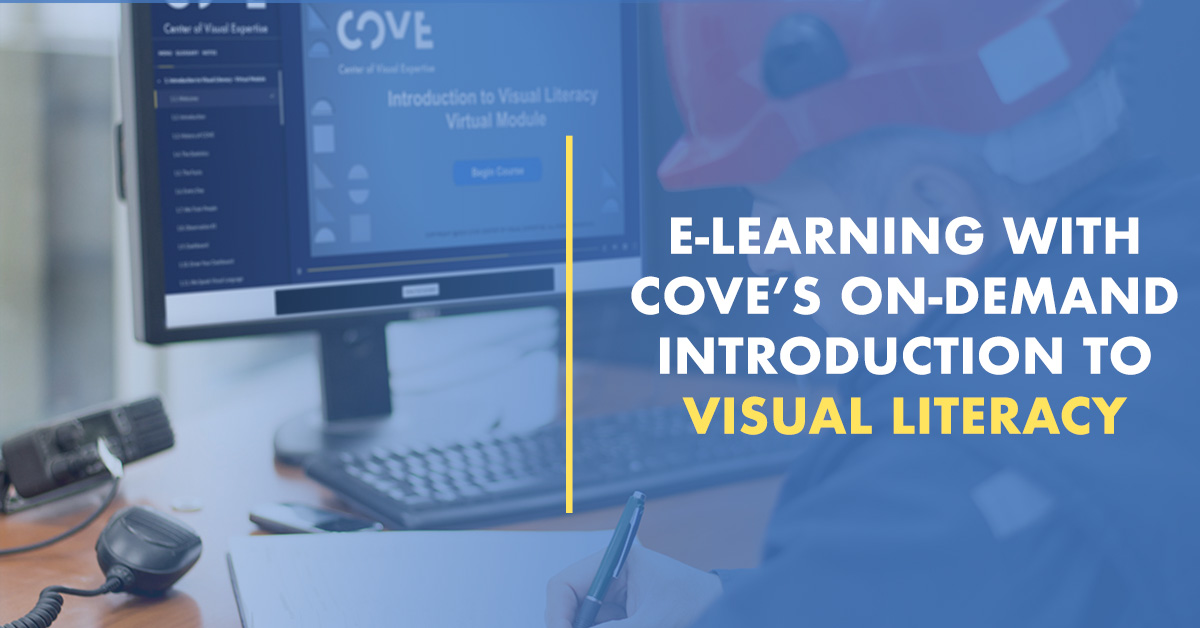When you think of an art museum, workplace safety probably isn’t the first thing that comes to mind. The quiet galleries, the carefully lit paintings, the thoughtful observation of color and composition — it feels far removed from the busy, high-pressure environments of factories, distribution facilities, or construction sites.
But if you stop and think about it, both worlds share something powerful: the need to see clearly and interpret accurately.
Two Environments, One Common Challenge
In an art museum, every visitor looks at the same painting — yet what each person sees and understands is often very different. Our brain works to interpret what’s in front of us based on our past experiences, expectations, and biases. One person might notice the use of color, another might focus on the emotion of the subject, while someone else might completely miss a subtle detail that changes the meaning of the piece.
The same thing happens in the workplace.
Whether it’s a manufacturing floor, a construction site, or a lab, we often overlook what’s right in front of us because our minds are conditioned to see what we expect to see. Over time, familiarity can make hazards fade into the background. Routines become automatic. What once looked like a potential risk now just feels like part of the job.
What Art Education Teaches Us About Seeing
In art education, students learn a framework called Visual Literacy — the ability to observe, interpret, and find meaning in what we see. Tools like the Elements of Art (line, color, shape, texture, and space) and the Principles of Design (movement, alignment, proximity, proportion, symmetry) help viewers break down what’s in front of them so they can understand not just what they’re looking at, but what it means.
When these same principles are applied to the workplace, something remarkable happens:
workers begin to slow down, observe more carefully, and interpret their environments more thoughtfully. They start noticing patterns, inconsistencies, and potential hazards that were previously overlooked — simply because they’ve been trained to see differently.
From Gallery Walls to Factory Floors: The Power of Lines
In art, lines guide the viewer’s eye, define shapes, and create focus. A strong diagonal line can suggest movement or instability, while horizontal and vertical lines convey balance and order.
In the workplace, those same principles help workers notice clues about how safe or risky an environment may be.
- Cables and hoses stretched across walkways created unintentional diagonal lines — a visual cue for trip hazards that had gone unnoticed.
- Bent handrails broke the vertical lines meant to signal strength and structure, revealing potential equipment damage.
- Uneven shelving lines in a storage area pointed to poor organization and load imbalance that could lead to falling objects.
By looking for disrupted or broken lines, employees identified over a dozen previously unseen hazards — not because they learned a “new flavor of the month”, but because they learned to see differently.
Seeing Work Through a New Lens
COVE’s approach takes these art-based principles and applies them to industrial settings through Visual Literacy training. Participants learn to use structured tools — like “Seeing the Whole PICTURE®” — to approach their work environments with the same curiosity and focus used to study a piece of art.
By learning to:
- Observe without assumption,
- Interpret what they see using context clues, and
- Communicate their findings clearly,
they strengthen their ability to identify hazards, assess risk, and make safer, more informed decisions.
Why This Matters
Workplace safety isn’t just about rules, procedures, or checklists — it’s about awareness. And awareness begins with observation. The same visual skills that help an artist interpret emotion on canvas can help a worker recognize a potential trip hazard, spot a change in a machine’s condition, or identify an unsafe behavior before it leads to an incident.
By teaching people how to truly see what’s around them — not just look — we build capability, confidence, and a stronger safety culture.
Because whether it’s a painting in a museum or a process on the factory floor, what we see depends on how we look.




